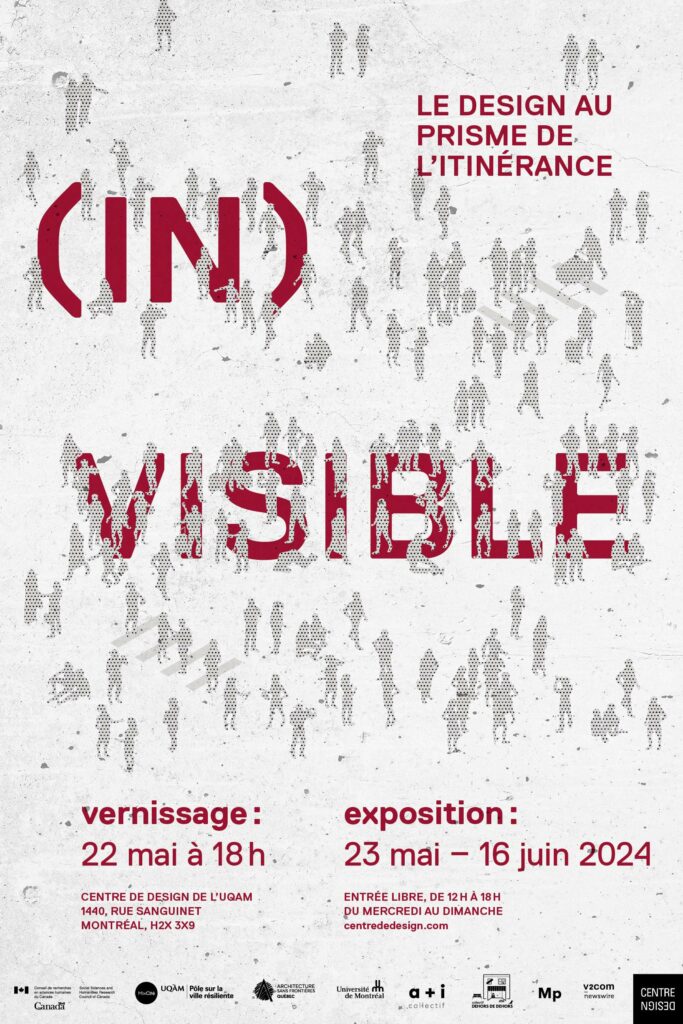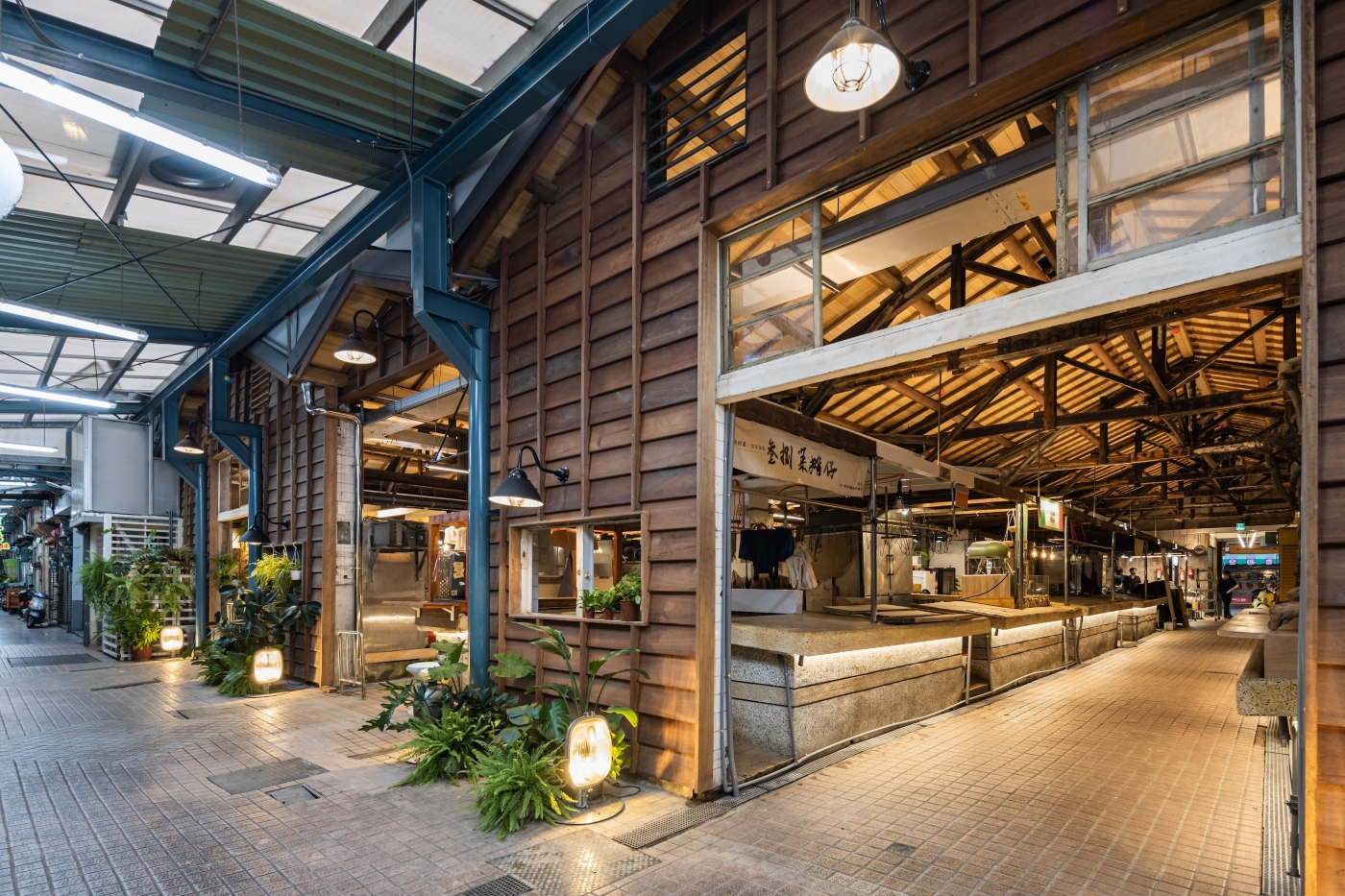Header: Elizabeth_Prince
The housing crisis in several cities in Quebec and in other Canadian provinces, in the United States, and elsewhere in the world, remains one of the triggers that accentuates homelessness. Homelessness, an increasingly visible phenomenon, is often invisibilized by urban strategies such as hostile design or the dismantling of urban camps.

Homelessness will be at the heart of the exhibition (IN)VISIBLE: Design Through the Prism of Homelessness, presented by the UQAM Design Centre, in collaboration with Architecture Without Borders Quebec (ASFQ), professor Carolyne Grimard of the École de Travail Social at the Université de Montréal, and with the participation, among others, of Anne-Marie Broudehoux, professor at the École de Design at UQAM.
The exhibition is the result of research conducted over two years in collaboration with community organisations and people who have experienced homelessness.
(IN)VISIBLE: Design Through the Prism of Homelessness proposes a reflection on how to make the spatial claims of homeless people visible, without harming them. This takes shape by borrowing several tools from the fields of design: critical mapping, photovoice, a visual method that uses photography as a voice, participatory design, and critical design. These tools draw on various types of experiential, artistic, practical, and expert knowledge.











